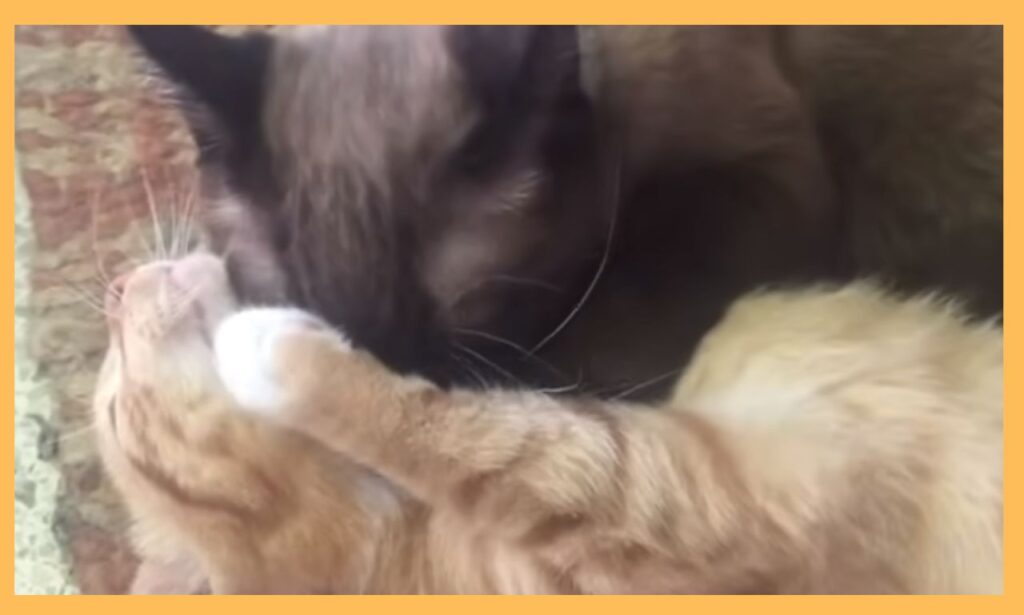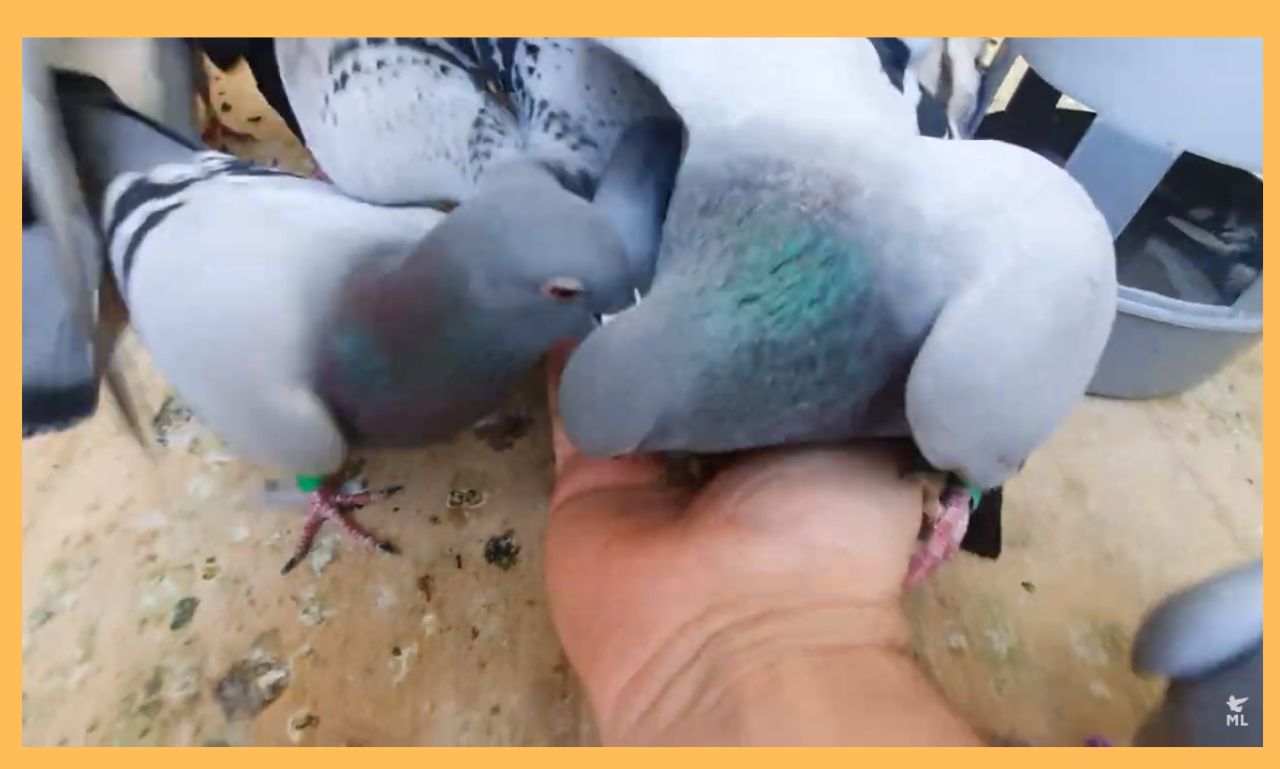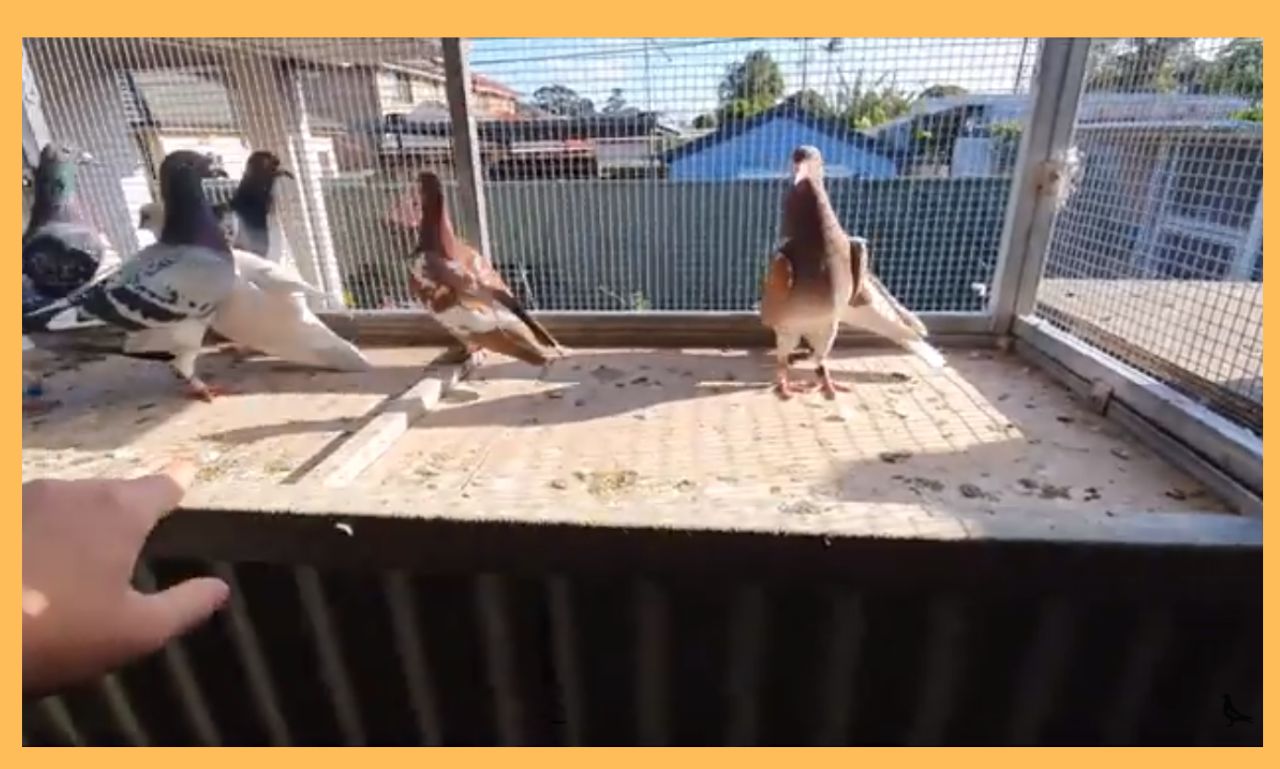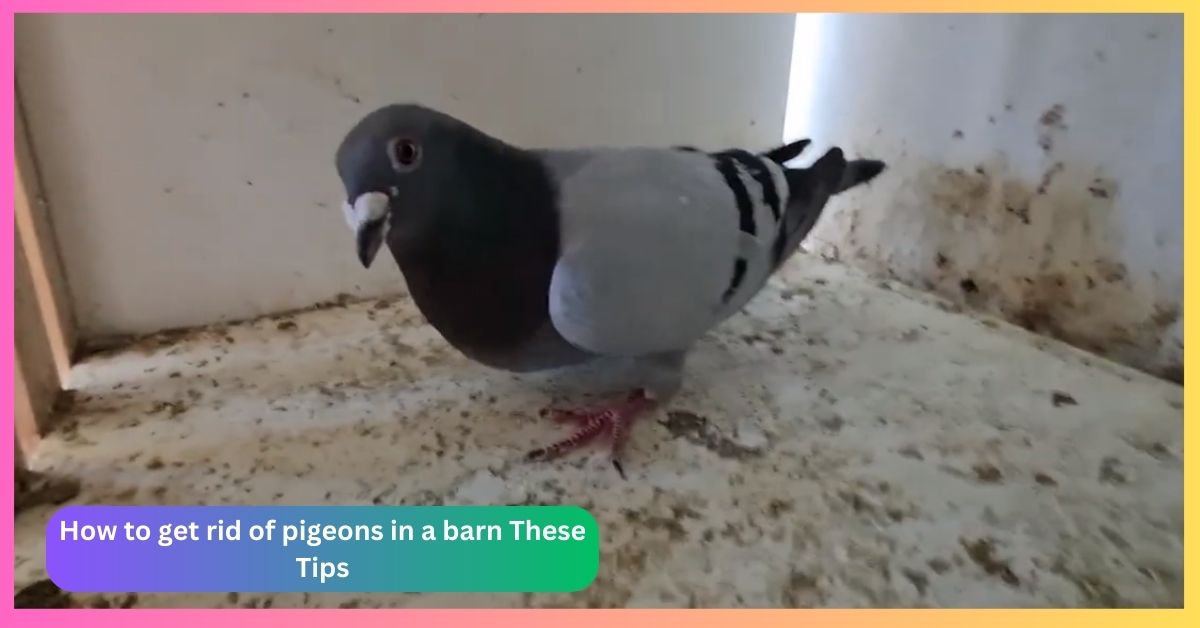Bringing a new kitten home is an exciting experience, but it can also be a challenging one, especially if your resident cat starts growling at the new addition. Cat growling at a new kitten is a common behavior, but it’s essential to address it properly to ensure a peaceful coexistence. In this blog post, we’ll explore why cats growl at new kittens, how to manage the situation, and tips for fostering a harmonious relationship between your feline friends. Whether you’re a seasoned cat owner or a first-time kitten parent, this guide will help you navigate this delicate transition.
Table of Contents
ToggleWhy Is My Cat Growling at the New Kitten?
When your cat growls at the new kitten, it’s a sign of territorial behavior and stress. Cats are naturally territorial animals, and introducing a new kitten into their space can trigger feelings of insecurity. Growling is a way for your cat to communicate discomfort and establish boundaries. Here are some common reasons behind this behavior:
- Territorial Instincts: Cats are highly territorial, and a new kitten can feel like an intruder in their space.
- Fear or Anxiety: Your cat may feel threatened by the new kitten’s presence, especially if the kitten is energetic or overly curious.
- Resource Guarding: Your cat might be growling to protect their food, toys, or favorite spots from the new kitten.
- Lack of Proper Introduction: Rushing the introduction process can lead to tension and growling.
Understanding the root cause of your cat’s growling is the first step toward resolving the issue.
How to Stop Your Cat from Growling at the New Kitten
If your cat is growling at the new kitten, don’t panic. With patience and the right approach, you can help them adjust to each other. Here’s how to stop your cat from growling at the new kitten:
- Gradual Introduction: Start by keeping the new kitten in a separate room with their own food, water, and litter box. Allow your resident cat to sniff under the door and get used to the kitten’s scent.
- Scent Swapping: Swap bedding or toys between the two cats to help them become familiar with each other’s scent.
- Controlled Meetings: After a few days, introduce the cats in a controlled environment. Use a baby gate or keep the kitten in a carrier to prevent direct contact.
- Positive Reinforcement: Reward both cats with treats and praise when they exhibit calm behavior around each other.
- Monitor Body Language: Watch for signs of aggression, such as hissing, swatting, or flattened ears. If tensions rise, separate the cats and try again later.
Remember, patience is key. Rushing the process can lead to long-term conflicts.
Tips for Fostering Harmony Between Your Cat and New Kitten
Once your cat stops growling at the new kitten, the next step is to foster a harmonious relationship. Here are some tips to help your cats bond:
- Provide Separate Resources: Ensure each cat has their own food and water bowls, litter boxes, and sleeping areas to prevent competition.
- Playtime Together: Engage both cats in interactive play sessions using toys like feather wands or laser pointers. This helps them associate positive experiences with each other.
- Create Vertical Space: Cats love to climb and perch. Provide cat trees or shelves to give them their own space and reduce territorial disputes.
- Equal Attention: Spend quality time with both cats to prevent jealousy. Your resident cat may feel neglected if all the attention goes to the new kitten.
- Use Feliway or Calming Products: Pheromone diffusers like Feliway can help reduce stress and promote calm behavior in both cats.

When to Seek Professional Help
While most cases of cat growling at a new kitten can be resolved with patience and proper introduction techniques, there are times when professional intervention is necessary. Recognizing when to seek help can prevent the situation from escalating and ensure the safety and well-being of both your resident cat and the new kitten.
Signs You Need Professional Help
- Physical Aggression: If your cat’s growling escalates to physical attacks, such as biting, scratching, or chasing the kitten, it’s time to consult a professional. Persistent aggression can lead to serious injuries for the kitten and prolonged stress for both animals.
- Prolonged Stress: If your resident cat shows signs of ongoing stress, such as refusing to eat, excessive grooming, or hiding for extended periods, it’s a red flag. Chronic stress can negatively impact your cat’s health and requires expert attention.
- Kitten’s Fear or Anxiety: If the new kitten is constantly fearful, unable to eat, or avoids using the litter box due to the resident cat’s behavior, professional guidance is essential. A stressed kitten can develop long-term behavioral issues if the problem isn’t addressed.
- Failed Introductions: If weeks have passed and your cats still can’t coexist peacefully despite your efforts, a veterinarian or animal behaviorist can provide tailored solutions. They can assess the situation and recommend strategies to address the underlying issues.
- Unusual Behavior: If either cat exhibits unusual behavior, such as sudden aggression, lethargy, or changes in appetite, it’s important to rule out medical issues. A vet can determine if there’s a health-related cause for the behavior.
How a Professional Can Help
A veterinarian or certified animal behaviorist can offer valuable insights and solutions, such as:
- Behavioral Modification Plans: Tailored strategies to address aggression and reduce stress.
- Medication: In some cases, anti-anxiety medications may be recommended to help calm aggressive or overly stressed cats.
- Environmental Adjustments: Suggestions for modifying your home to reduce territorial disputes and create a more harmonious environment.
Tips for Fostering Harmony Between Your Cat and New Kitten
Introducing a new kitten to your resident cat can be a delicate process, but with the right approach, you can foster harmony and build a positive relationship between them. Here are some practical tips to help your cats coexist peacefully:
Provide Separate Resources
Cats are territorial by nature, so sharing resources can lead to tension. Ensure each cat has their own food and water bowls, litter boxes, and sleeping areas. This reduces competition and helps both cats feel secure in their own space.
Engage in Playtime Together
Interactive play sessions are a great way to help your cats bond. Use toys like feather wands or laser pointers to encourage them to play together. This not only burns off excess energy but also creates positive associations with each other’s presence.
Create Vertical Space
Cats love to climb and perch, so providing vertical spaces like cat trees or shelves can help reduce territorial disputes. These spaces allow your cats to observe each other from a safe distance and establish their own territories without conflict.
Give Equal Attention
Your resident cat may feel jealous or neglected if all the attention shifts to the new kitten. Make sure to spend quality time with both cats individually to reassure them and prevent feelings of resentment.
Use Calming Products
Pheromone diffusers like Feliway can help reduce stress and promote calm behavior in both cats. These products mimic natural feline pheromones, creating a soothing environment that encourages harmony.
By following these tips, you can create a peaceful and loving environment where your cat and new kitten can thrive together. Patience and consistency are key to building a strong bond between your feline companions.

When to Seek Professional Help
If your cat’s growling at the new kitten escalates or doesn’t improve despite your efforts, it may be time to consult a professional. While some tension is normal during introductions, prolonged aggression or stress can harm both cats’ well-being. Here’s when to consider seeking expert advice:
Signs You Need Professional Help
- Physical Aggression: If your cat is attacking the kitten, causing injuries, or displaying extreme hostility, immediate intervention is necessary.
- Persistent Stress: Watch for signs of chronic stress in either cat, such as refusal to eat, excessive hiding, or over-grooming.
- Kitten’s Safety: If the kitten is too scared to eat, drink, or use the litter box due to the resident cat’s behavior, professional guidance is essential.
- Failed Introductions: If weeks have passed and the cats still can’t coexist peacefully, a veterinarian or animal behaviorist can provide tailored solutions.
What Professionals Can Do
A veterinarian can rule out underlying health issues causing aggression, while a certified animal behaviorist can assess the situation and recommend behavior modification techniques. Don’t hesitate to seek help—it’s the best way to ensure a safe and harmonious environment for both cats.
Preventing Future Conflicts
Introducing a new kitten to your household doesn’t have to be a stressful experience. By taking proactive steps, you can prevent future conflicts and ensure a smooth transition for both your resident cat and the new kitten. Here’s how to set the stage for a harmonious relationship.
Choose the Right Time for Introduction
Timing is crucial when bringing a new kitten home. Avoid introducing a new pet during busy or stressful periods, such as moving, holidays, or major life changes. Your resident cat will be more receptive to a new companion when their environment is calm and stable.
Prepare Your Home in Advance
Before bringing the kitten home, set up a separate space with all the essentials: food, water, a litter box, and a cozy bed. This allows the kitten to acclimate without overwhelming your resident cat. Gradually introduce shared spaces once both cats seem comfortable.
Understand Feline Body Language
Learning to read your cats’ body language can help you identify and address potential conflicts early. Signs of stress or aggression include flattened ears, hissing, and swatting. On the other hand, relaxed postures and gentle sniffing indicate curiosity and acceptance.

Gradual and Controlled Introductions
Rushing the introduction process can lead to long-term conflicts. Start with scent swapping and short, supervised meetings. Use barriers like baby gates to allow visual contact without physical interaction. Over time, increase their time together as they grow more comfortable.
Provide Separate Resources
Competition over resources is a common cause of conflict. Ensure each cat has their own food and water bowls, litter boxes, and resting areas. This reduces territorial disputes and helps both cats feel secure.
Monitor and Adjust
Every cat is unique, and some may take longer to adjust than others. Be patient and observe their interactions closely. If tensions arise, take a step back and give them more time apart before trying again.
Conclusion
Cat growling at a new kitten is a natural response to change, but it doesn’t have to be a permanent issue. With patience, proper introduction techniques, and a focus on fostering harmony, you can help your cats build a positive relationship. Remember, every cat is unique, and the adjustment period may vary. If you encounter challenges, don’t hesitate to seek professional guidance. By following these tips, you’ll be well on your way to creating a happy and harmonious multi-cat household.








